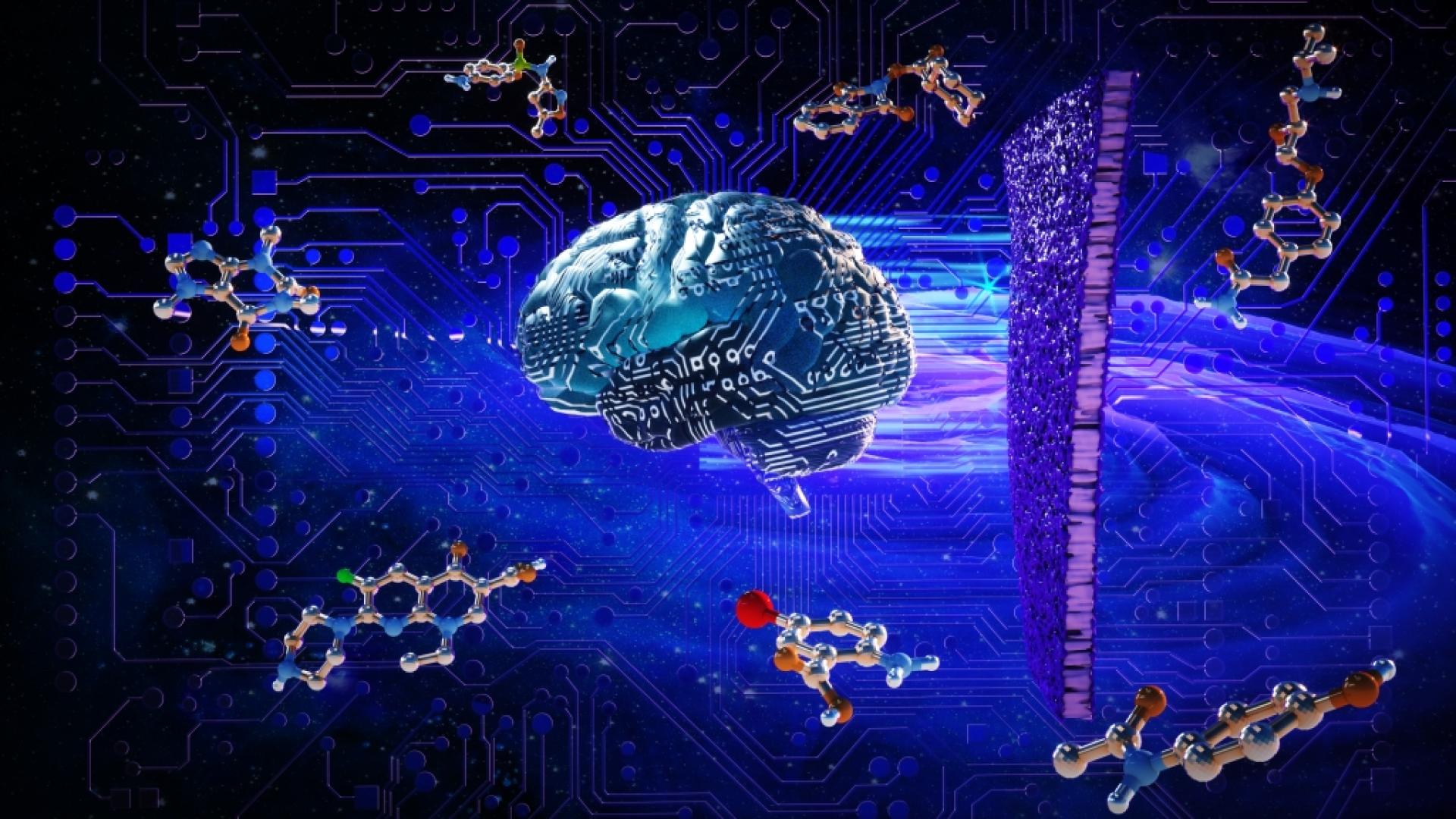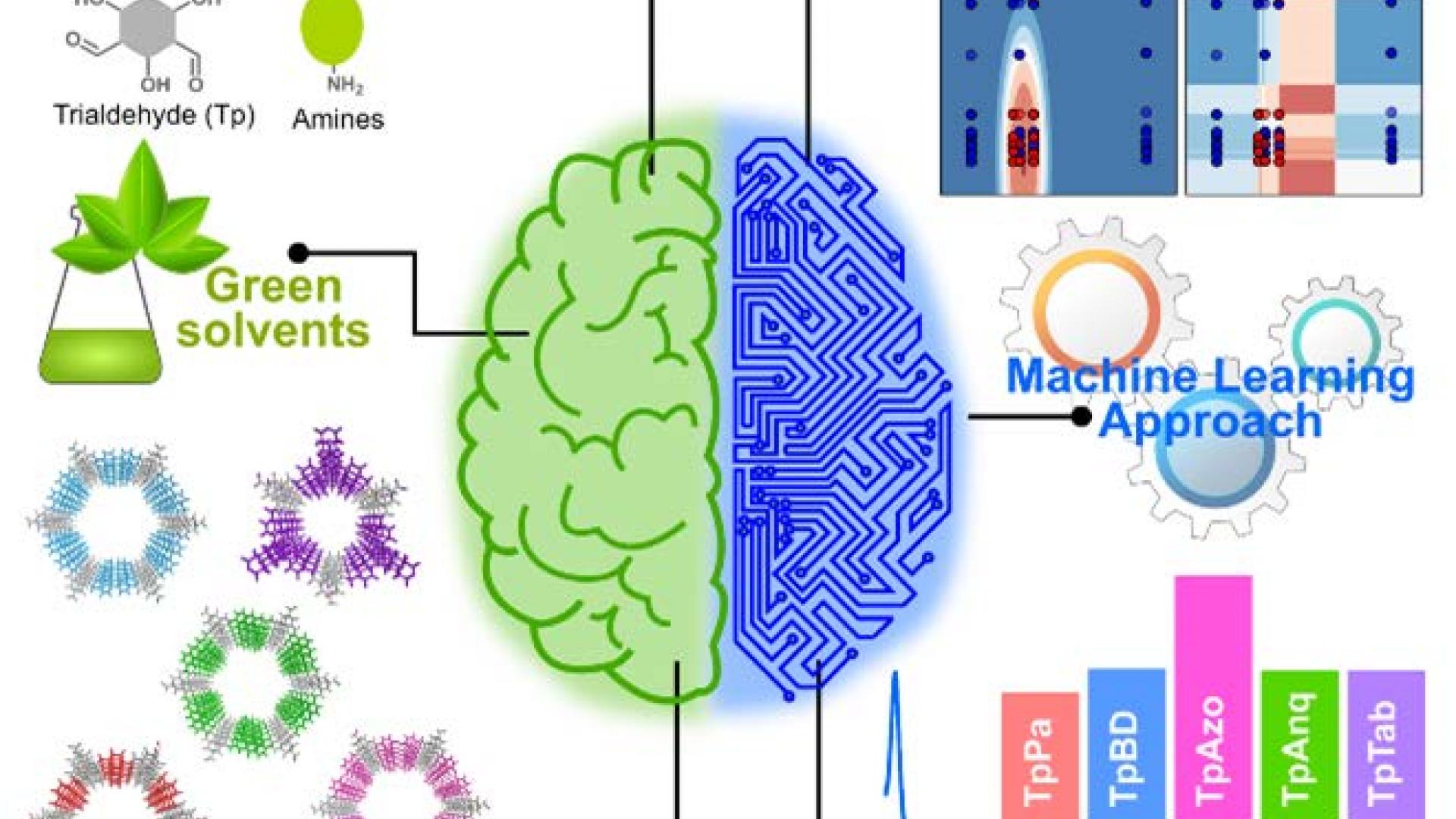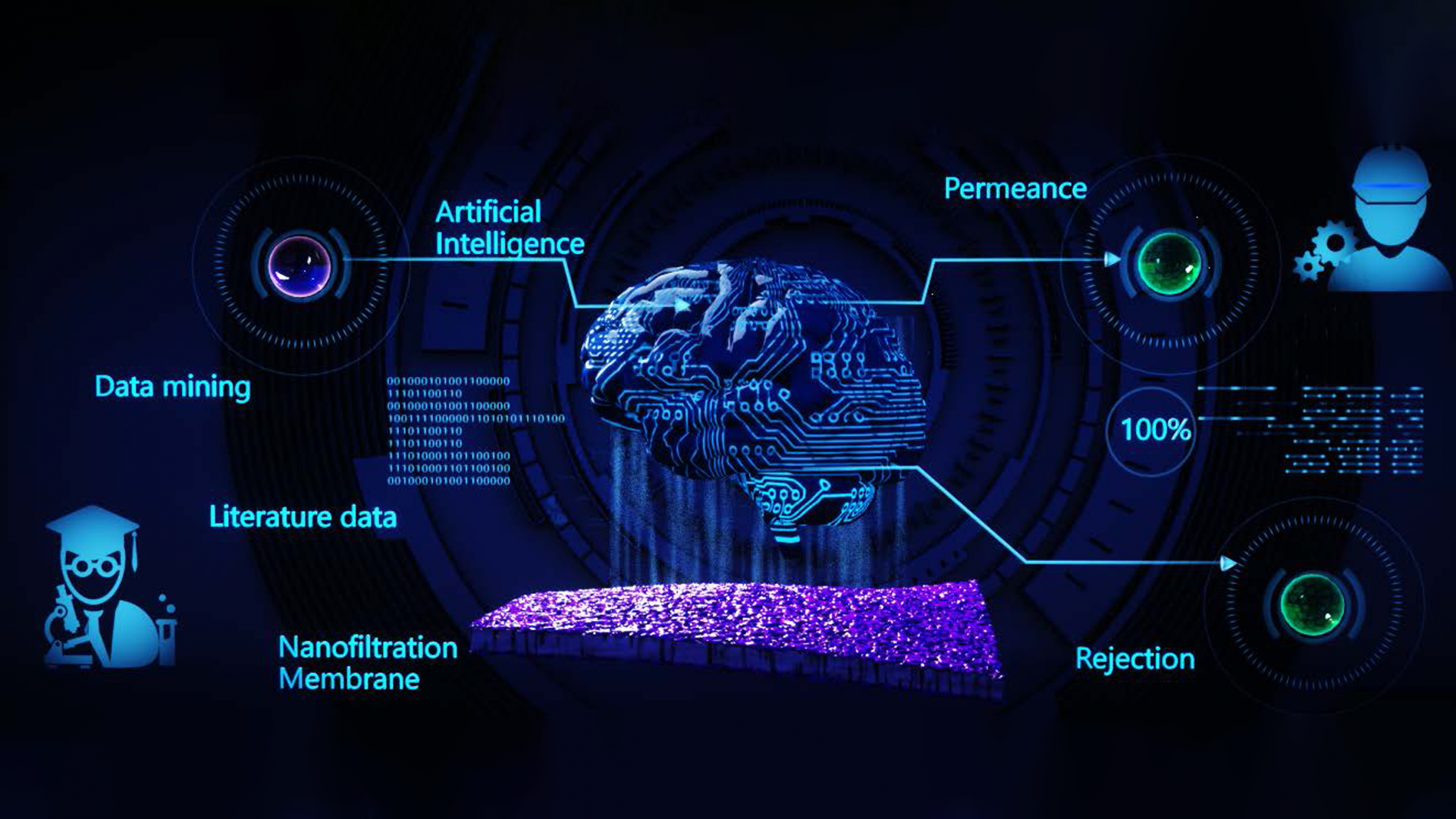The AI Blog includes variants of chapters of the upcoming AI Book (cartoons drawn by myself), licensed under a Creative Commons Attribution-NonCommercial-ShareAlike 4.0 International License.
Methods for determining solute rejection in organic solvent nanofiltration (OSN) are time-consuming and expensive and still rely on wet-lab measurements, resulting in the slow development of membrane processes. OSN, similar to other membrane technologies, requires precise and comprehensive predictive models that can function on various solutes, membranes, and solvents. We present two prediction methods based on the quantitative structure–activity relationship (QSAR) using traditional machine learning (ML) and deep learning (DL) models. The partial least-squares regression model combined with the variable importance in projection and genetic algorithm achieves a slightly lower root-mean-square error score (8.04) than the DL-based graph neural network (10.40). For the first time, we visualize the effect of different solute functional groups on rejection, providing a new platform for a more in-depth investigation into the membrane–solute interactions, potentially enabling the design of membranes with improved selectivity.
Covalent organic frameworks (COFs) have attracted considerable interest owing to their structural predesign ability, controllable chemistry, long-range periodicity, and pore interior functionalization ability. The most widely adopted solvothermal synthesis of COFs requires the use of toxic organic solvents.
A simple camera system paired with a sophisticated image-processing algorithm can achieve faster and more accurate reconstructions of particle flow.
There is an urgent need to develop energy-efficient separations through predictive methodologies that will fast-track the industrial implementation. The performance prediction of solvent-resistant membranes has been a daunting and challenging task, due to the complexity of the multicomponent system comprising of solvents, solutes, and membranes with a high number of possible molecular interactions.




